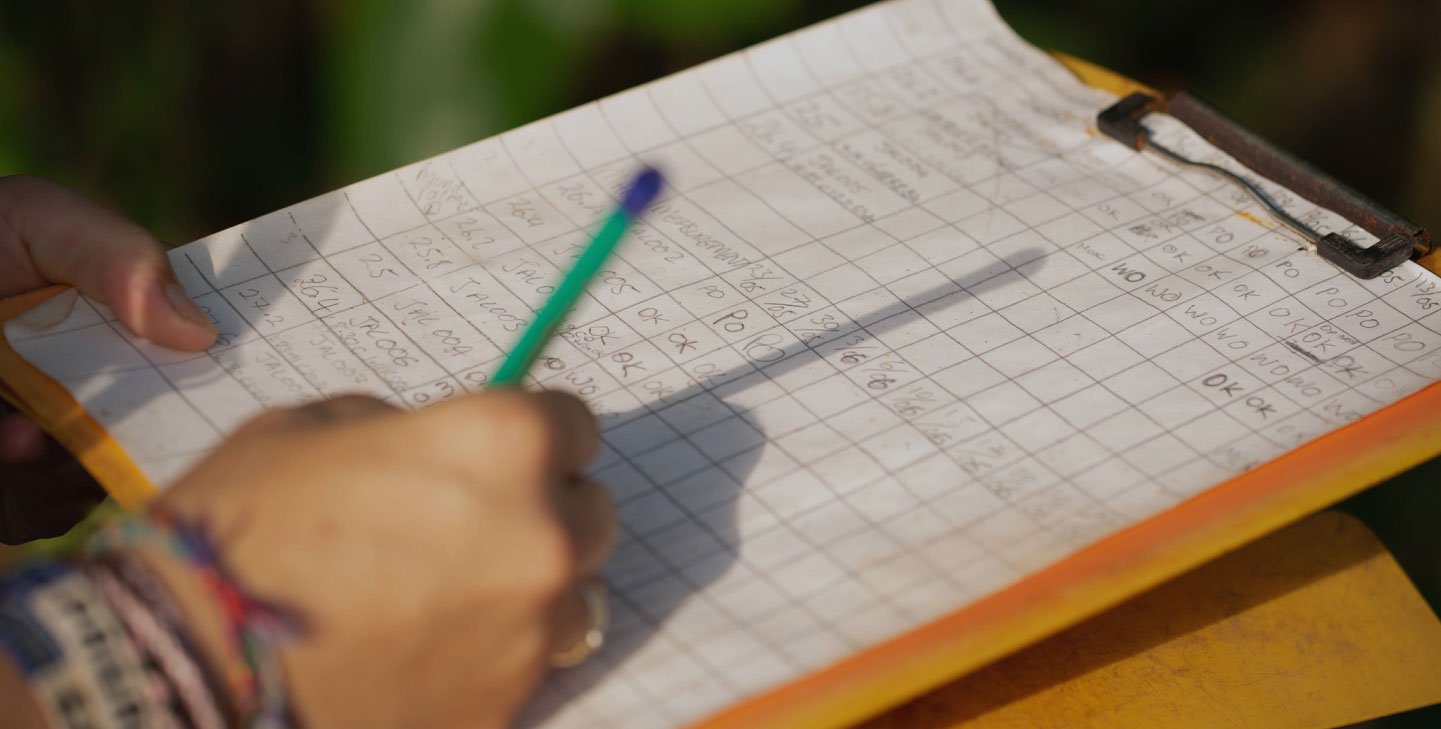Course information
Book before the end of June 2025 and receive up to a CAD170 scholarship
How do you know if your organisation is actually making an impact? To answer this question, you will need to make a plan to measure your social and environmental performance and execute on that plan.
Our Impact Measurement online course, which is offered in partnership with the University of Richmond and UNC Charlotte, will teach you how to develop a strategy for creating an impact, how to execute on this plan, and how to disseminate and use the data obtained from your measurement plan.
You will explore the wide range of terms used to describe impact measurement, learn reasons why organisations measure their impact, and the project life cycle for impact measurement. You will also discover different impact methodologies and learn how to select appropriate metrics and indicators for your project. Lastly, you will explore how to report on your impact performance.
This online course, and our Fundraising and Communication online course, is designed for anyone looking to get into the nitty-gritty of contributing to real-world impact projects. This specific online course is for those who would like to know how to create an effective plan for creating an impact and how to measure this impact. This includes everyone from high school, college or graduate students who’d like to found a social enterprise to corporate professionals who’ve been tasked with designing a new project aligned to environmental or social objectives. Retired seniors who’d like to set up a purpose-driven initiative in their community are also welcome to join this project monitoring and evaluation online course.
After completing this course you’ll be able to:
Want to show colleges, universities and employers that you’ve got the knowledge and skills covered in this course? Once you’ve successfully completed any of our courses, we’ll send you a digital certificate of completion at no additional cost. The certificate will feature the official name of the course and your name. Add the certificate to your college application, your graduate school application, your job application or your LinkedIn page.
First, learn the difference between a traditional strategy, one that is thought through before you take action, and one that develops as you take action and can be adapted to changing conditions. Learn the importance of experimentation and pattern recognition in this second approach to a strategy.
Then, learn about the different tools that can be used to design a strategy. These include market mapping, plotting your initiative, analysing competing initiatives according to values important to stakeholders, and finally, a strengths, weaknesses, opportunities and threats (SWOT) analysis.
Finally, you’ll learn how to create visual representations of your strategy using the Theory of Change (ToC) framework and the logic model. Use the ToC framework to create a broad overview of how an initiative will achieve the suggested impact. Then, zoom in on aspects of your ToC diagram using the logic model, listing how suggested activities, inputs, outputs, and expected outcomes all work together. You’ll also explore some of the benefits, disadvantages and limitations of both frameworks.
Go on to learn how to measure impact. Explore the difference between metrics and key performance indicators (KPIs). Learn the difference between quantitative indicators, those that can be measured with numbers, and qualitative indicators, those that provide more information about trends and themes by using words. Find out how to formulate these indicators, set up baselines from which to measure change and set targets based on the available resources, duration and scope of the initiative.
Discuss the advantages and the challenges of a range of data-collection methods from surveys to participatory methods such as focus groups and interviews. Develop a system for data collection listing roles and responsibilities. Then, talk about the benefits of cutting-edge innovations in data collection and analysis such as big data and predictive analytics, and risks such as the need to ensure privacy.
Learn the difference between monitoring and evaluation (M&E). While monitoring is an ongoing internal process used to assess progress made towards intended goals, evaluation is an external independent assessment that often involves extensive analysis. Familiarise yourself with common challenges experienced with M&E projects such as the availability and the quality of data.
Lastly, you’ll find out how to set up a monitoring and evaluation plan. This will include: getting to grips with the three key parts of a monitoring system: process and outcome measures, the observational system and regular feedback on performance and learning about the necessary criteria of an evaluation plan, effectiveness, efficiency, sustainability, impact and relevance, as listed by the Organisation for Economic Co-operation and Development (OECD).
You’ll wrap up the learning of the above concepts, by discussing all these theories in the context of real-life case studies, helping you to ground your understanding in the practical realities of fieldwork.









